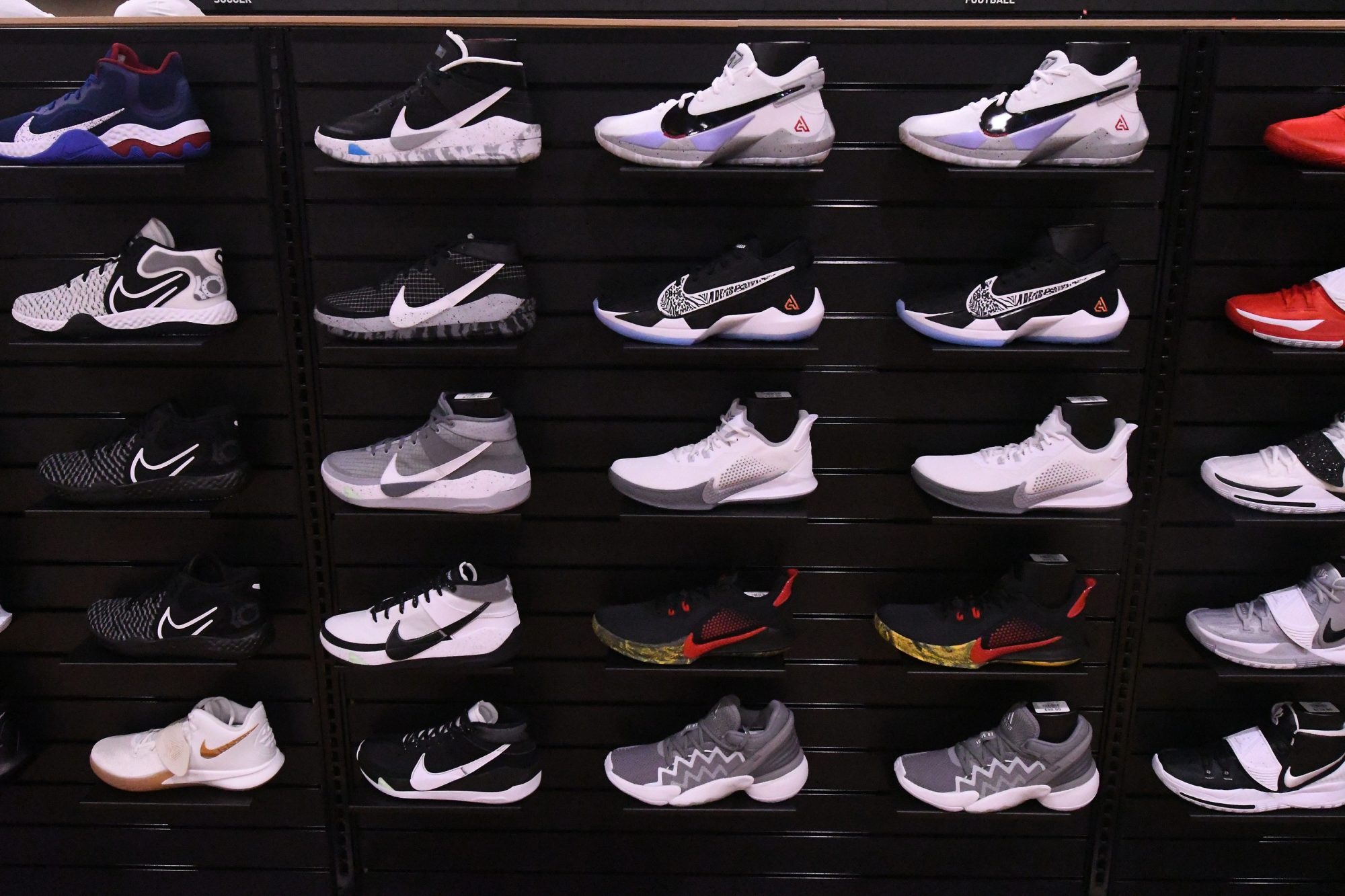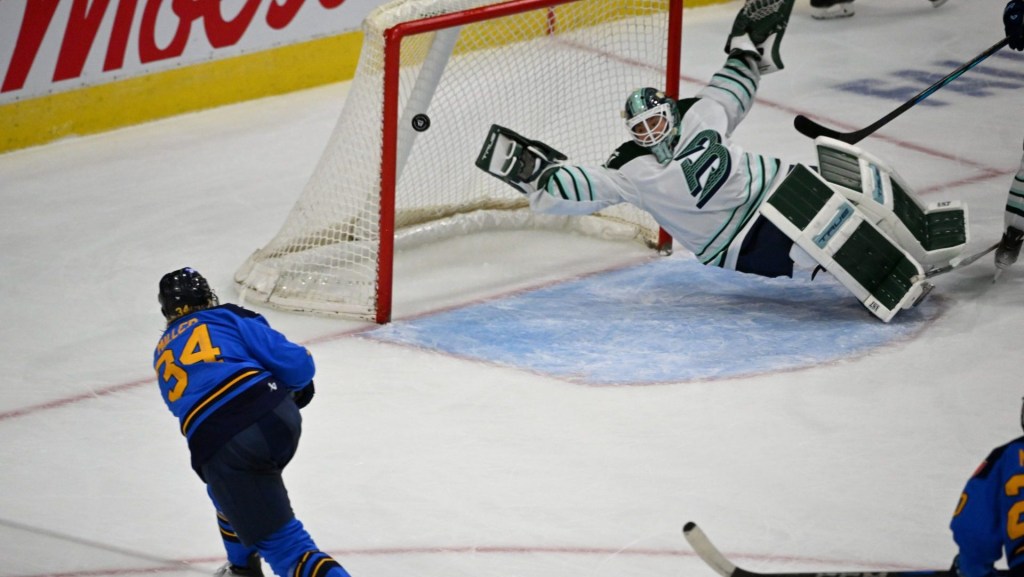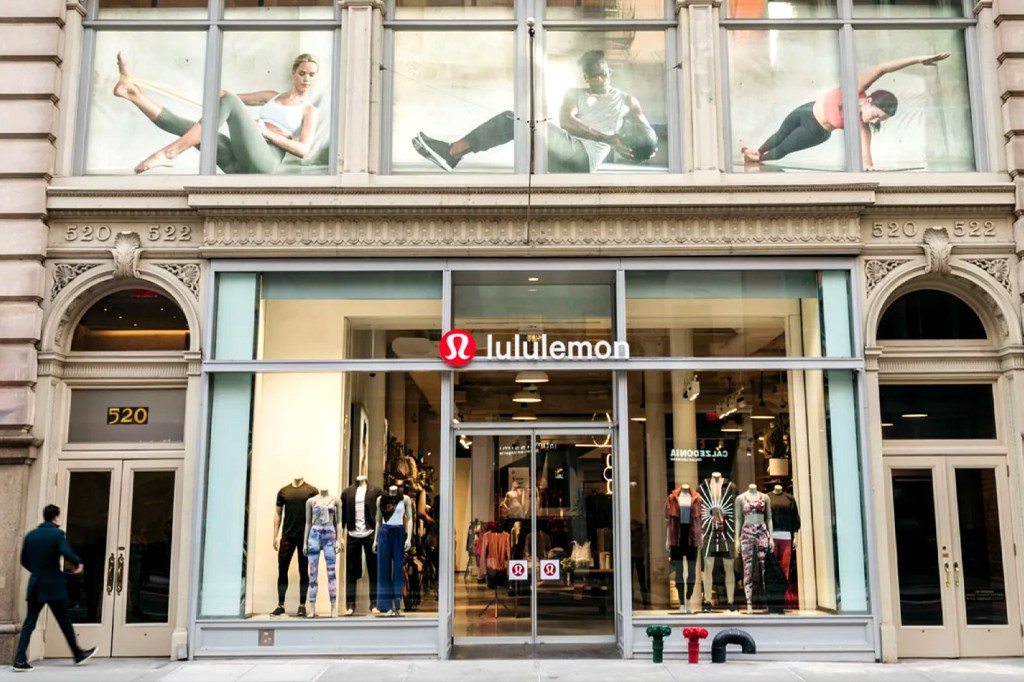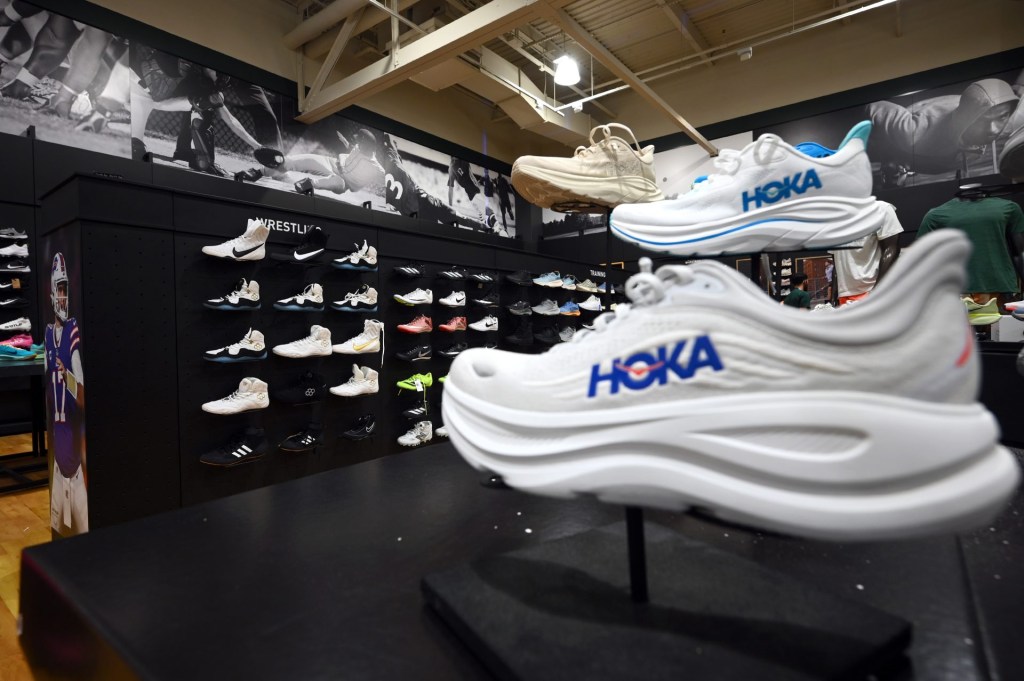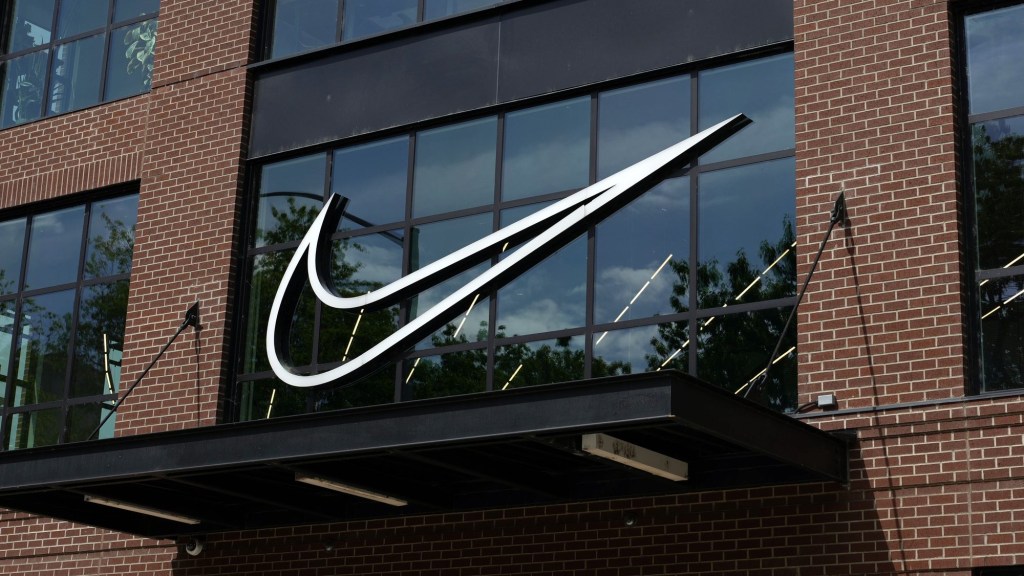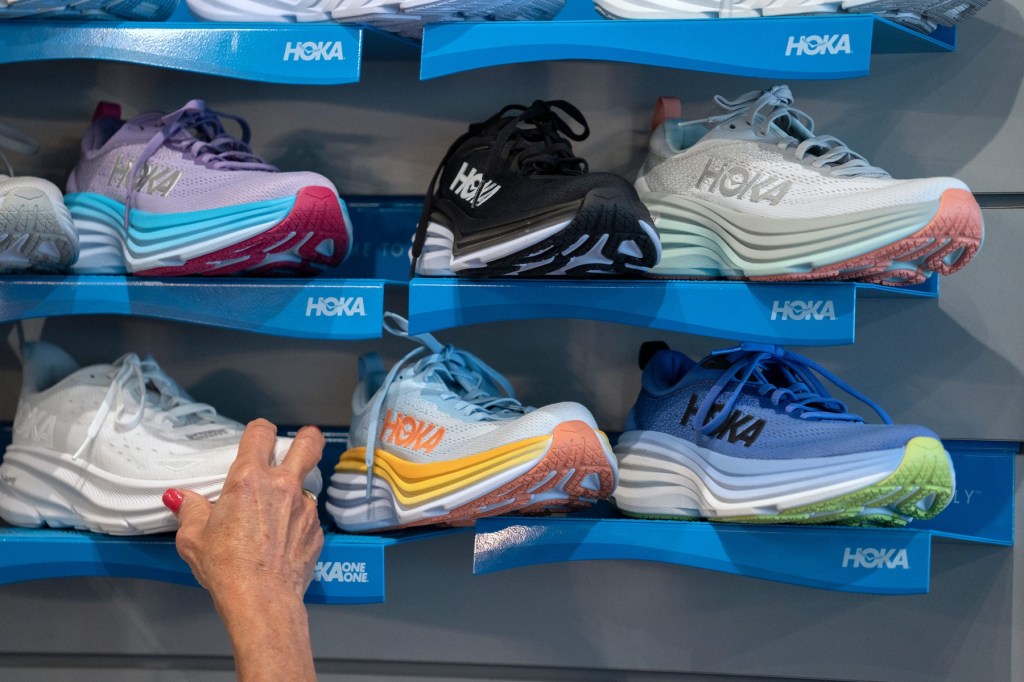Nike already was facing an uphill climb to restore its own financial health and consumer confidence in the face of several major challenges. But the company is now also doing so on the heels of its worst single day on the stock market and in the midst of trying to forge a new market for itself.
A day after last Thursday’s release of weak quarterly earnings and a downgraded future outlook, Nike shares plummeted 20%, wiping out about $28 billion of shareholder value. The drastic fall marked the steepest one-day percentage decrease in Nike shares since the company went public in 1980. Two subsequent days of trading have been comparatively calmer, with Monday’s 1.9% gain countered by a 1% fall Tuesday. But Nike shares remain at their lowest level since the early days of the COVID-19 pandemic in 2020.
Going into last week’s quarterly earnings report, Nike had been in the midst of a $2 billion cost-cutting campaign, and was battling ongoing issues both internally and across the sporting goods and footwear business—while also working damage control for its MLB uniform debacle.
But the earnings report, and a subsequent management call with industry analysts, revealed further issues, including a projected Fiscal Year 2025 sales decline of roughly 4–6% instead of a prior expectation of a gain during the year, and a 10% drop in the current quarter. In addition to consumer sentiments increasingly favoring rival brands such as Hoka, On, and New Balance, Nike is grappling with currency issues, underperformance in its digital business, and a weakened sales outlook in China.
“We have been navigating several headwinds, which we now expect to have a more pronounced impact on fiscal 2025,” said Nike president and CEO John Donahoe.
Many of those analysts were quick in their criticism of the company.
“Our key conclusion is there will be no quick rebound for Nike’s earnings,” wrote UBS analyst Jay Sole in a research note to investors. “We believe Nike is embarking on what will be a multiyear reset of its business.”
A Cheaper Nike?
A significant part of that reset will be the introduction of less-expensive shoes. One such release will be a new lineup of footwear priced below $100. That effort is designed to address rising consumer concerns about ongoing price creep, particularly as many of Nike’s top models currently sell for as much as twice that figure.
“Our teams are attacking opportunities across price points,” said Matthew Friend, Nike chief financial officer.
